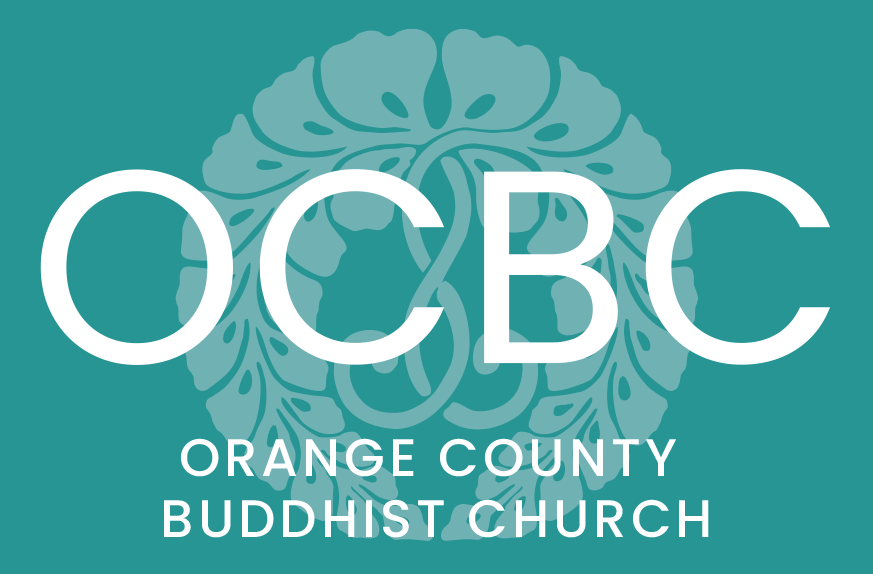Why Is It Important to Meet a True Teacher?
Shinran’s Time:
May is an important month for the Shin Buddhists. We will celebrate the birthday of our founder Shinran Shonin at the Gōtan-e service (meaning coming-down birth-gathering) on Sunday, May 15. Shinran was born on May 21, 1173, at the end of the Heian Period, which was the transitional time from the imperial court government system to the rise of samurai and the bakufu system. There was frequent political unrest as well as natural disasters including earthquakes, tsunamis, rainstorms, and locust infestations that demolished crops. People lamented living in the unsettled world and greatly desired to be born in the land of bliss in the next life.
Shinran Shonie
Shinran on Mount Hiei:
Shinran was sent to Mount Hiei at age 9 because his father lost his job in the imperial court and could not make a living. Shinran was a Tendai monk there for twenty years. Shinran felt that the more he practiced, the more he got away from the Buddha’s enlightenment. He finally decided to descend Mount Hiei and seek teacher Hōnen (1122-1313), who was living at the eastern mountain called Higashiyama in Kyoto. Hōnen was a Buddhist reformer who learned the Chinese Pure Land Buddhism from Shan-tao (613-681) and developed Japan’s first independent branch of Pure Land. Hōnen’s teaching was universal for all people, not only for the few. It was simple teaching, just focusing on the recitation of the Amida Buddha’s Name, Namo Amida Butsu to get liberated from the world of Saṃsāra (the cycle of life and suffering) and pursue the path of Buddhahood.
Honen
Shinran’s significant encounter with Hōnen:
Responding to Shinran’s challenges, Hōnen told Shinran that he experienced the same problems on Mount Hiei, and recommended Shinran learn and appreciate the wish of Amida (the symbolic Buddha of limitless wisdom and compassion) to awaken all human beings. What a relief it was for Shinran to hear Hōnen’s compassion and welcoming to a new world! Shinran became one of the top disciples in Hōnen’s Jōdoshū school, and was allowed to copy the Senchaku Hongan Nembutsu-shu (A Collection of Passages on the Nembutsu Chosen in the Original Vow) and draw the portrait of Hōnen at the age of thirty-five years old. However, in 1207, the Kōfukuji and Imperial Court persecuted Nembutsu practice, exiling Hōnen and Shinran to Kagawa and Niigata respectively. They never met again after the separation. Shinran praises his true teacher Hōnen in one of his wasans.
Through countless kalpas and innumerable lives,
We did not know the strong cause of liberation;
Were it not for our teaching Genkū (Hōnen),
This present life also would pass in vain.
[Hymns of the Pure Land Masters, 101, CWS I, p.387]
True Teacher in the Contemplation Sutra:
When a person is about to die, they might encounter a true teacher who consoles them in various ways, preaching the wondrous Dharma, and urging them to be mindful of the Buddha. But they may be too overcome by pain and shame to do so. The true teacher reassures them, “If you cannot concentrate your thoughts on the Buddha, you should simply recite the Name of the Buddha of Immeasurable Life.” Accordingly, they put their palms together and sincerely, continuously say ‘Namo Amida Butsu.’ Namo literally means to “bow one’s head," derived from the Indian word Namas. They are bowing to Amida, the symbolic Buddha. This practice serves to liberate them from the foolishness and evil that binds them. [HIC Trans Volume I, p.57] Shinran was so moved by those lessons, and thus, followed Hōnen’s teaching.
Rev. Naito Tomoyasu
My True Teacher Naito-Sensei:
Until I became a full-time Kaikyoshi Minister, I was fortunate to study under many teachers of the Shin Path. Naito Tomoyasu Sensei is one of my unforgettable, true teachers. Naito Sensei was born in Osaka and became the temple jūshoku (head minister) in Fukui. He taught Shinran’s writings and doctrinal interpretations over forty years at Ryukoku University, my graduate school for five years. I was fortunate to be able to take his classes and receive his guidance for my doctoral dissertation. Although I was intimidated by his deep understanding and strict attitude, he was so kind and understanding when he advised me in his office. Naito Sensei suddenly passed away on February 28. I still cannot believe it. His emails and recorded lectures are still on my computer, and I cannot ever erase them. I deeply appreciate his guidance to keep me in the academic field. Meeting a true teacher has surely impacted my life.
Namo Amida Butsu,
Rev. Dr. Mutsumi Wondra




